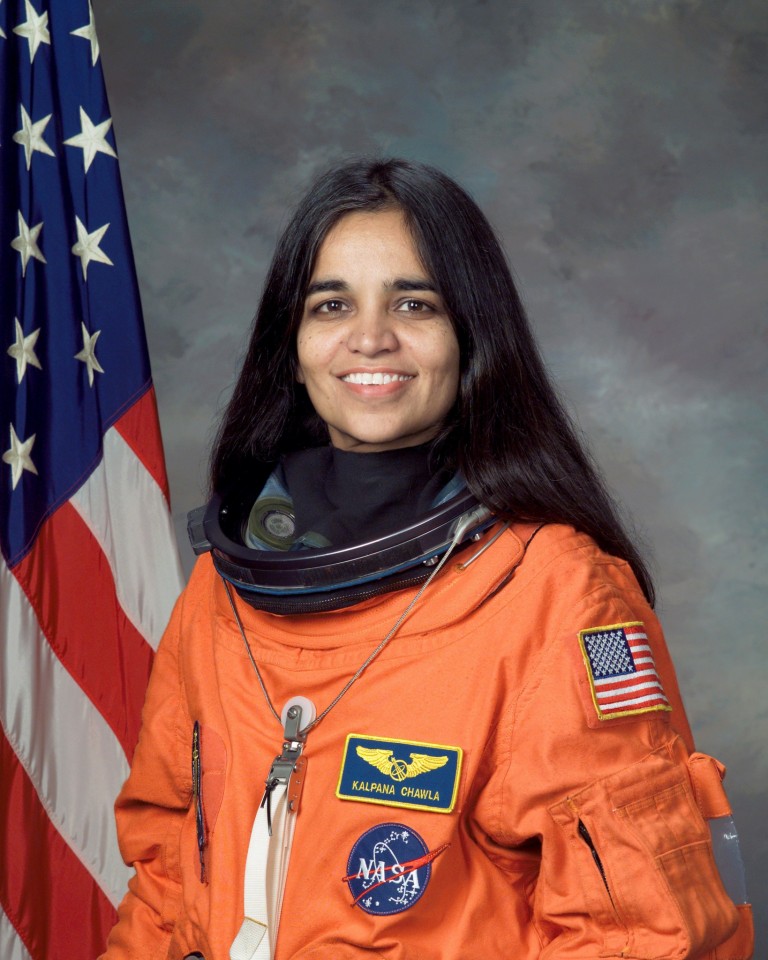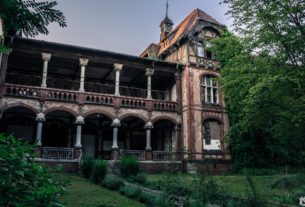Kalpana Chawla, the first Indian woman in space and an Indian-American astronaut was one of the seven astronauts who lost their lives in the Space Shuttle Columbia disaster on February 1, 2003.
A role model for many young women in India and throughout the world, Kalpana will always be remembered for her incredible journey from Karnal, where she was born, to NASA, where she accomplished her dream of reaching the stars.
“She said this beautiful quite after her first flight, “On one of the night passes, I dimmed the lights in the flight deck and saw the stars. When you look at the stars and the galaxy, you feel that you are not just from any specific piece of land, but from the solar system.“
Here are some things to know about the legend Kalpana Chawla:
1. Kalpana Chawla finished her early education in Punjab
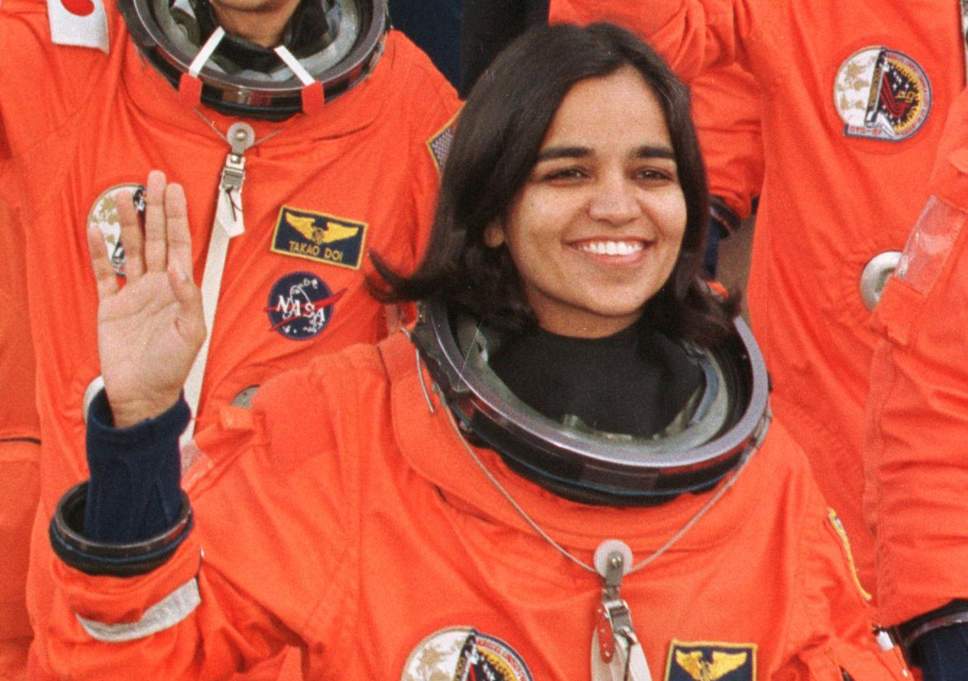
After completion of the school from Karnal, Kalpana pursued a course in aeronautical engineering at Punjab Engineering College, Chandigarh. She moved to the United States in 1982 and achieved a degree of Master of Science in aerospace engineering from the University of Texas. She then obtained a doctorate in aerospace engineering from the University of Colorado.
2. In April 1991, She became a naturalized US citizen and applied for the NASA Astronaut Corps.
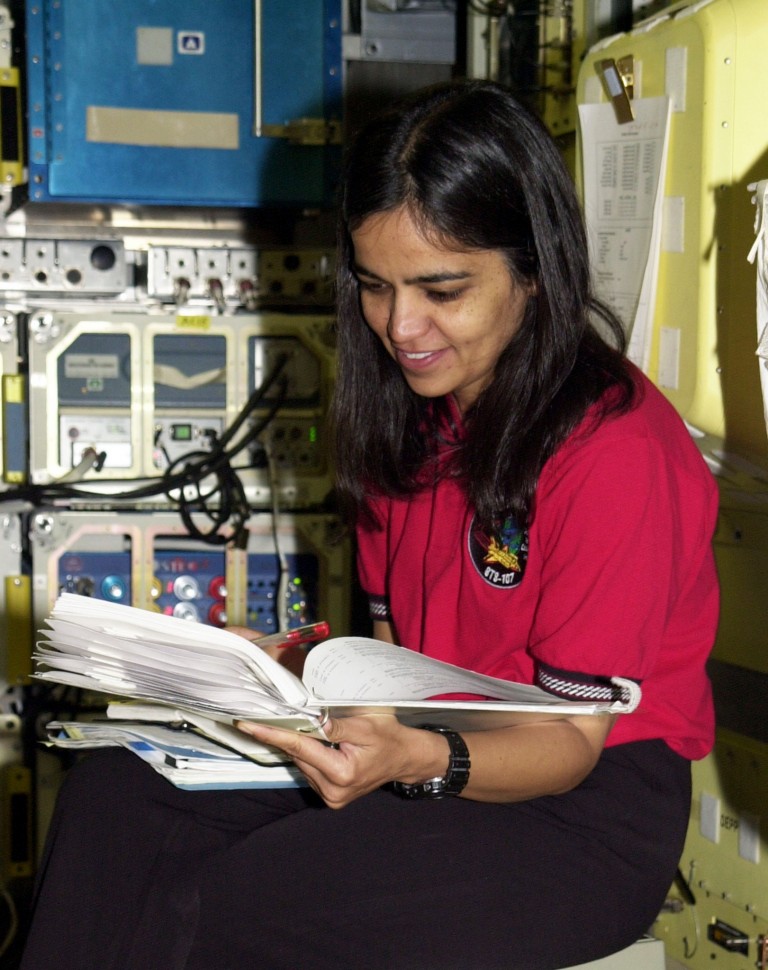
Kalpana started working at the NASA Ames Research Center in 1988 and joined the Corps in March 1995 after becoming a naturalized US citizen.
Visit here: What Will Be The Future Of India?
3. In 1997, Kalpana Chawla became the first Indian woman and the second Indian person to fly in space.
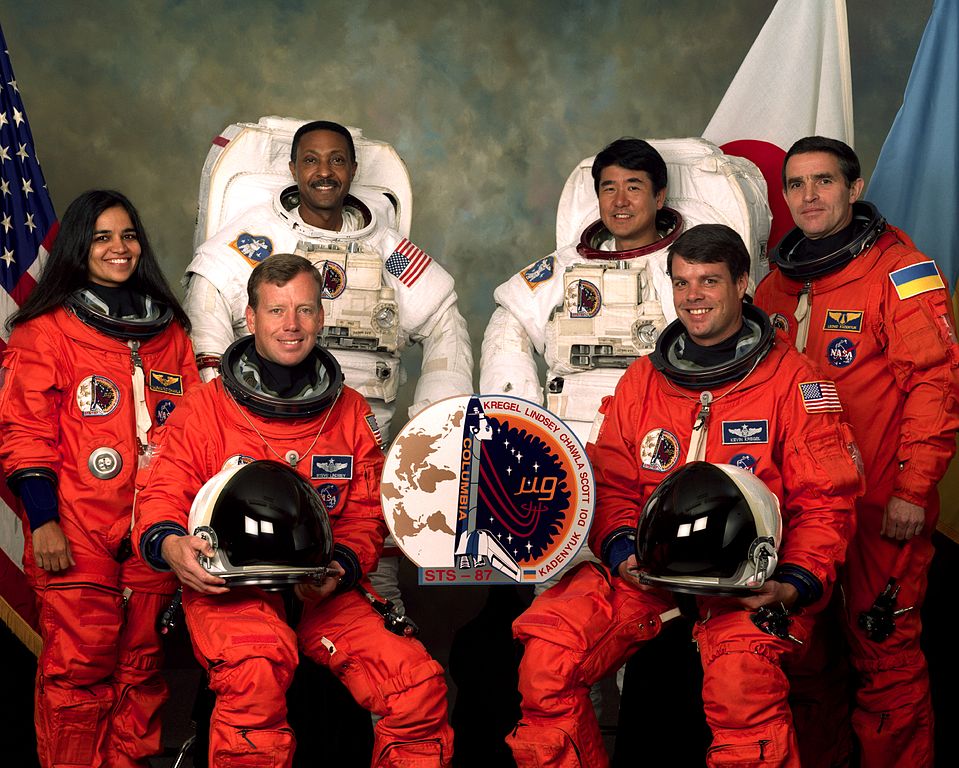
Her first flight was on Space Shuttle Columbia in 1997 as a primary robotic arm operator and mission specialist. The mission began on November 19, 1997, and Kalpana was a part of a seven-astronaut crew.
4. Her second flight was her last flight.
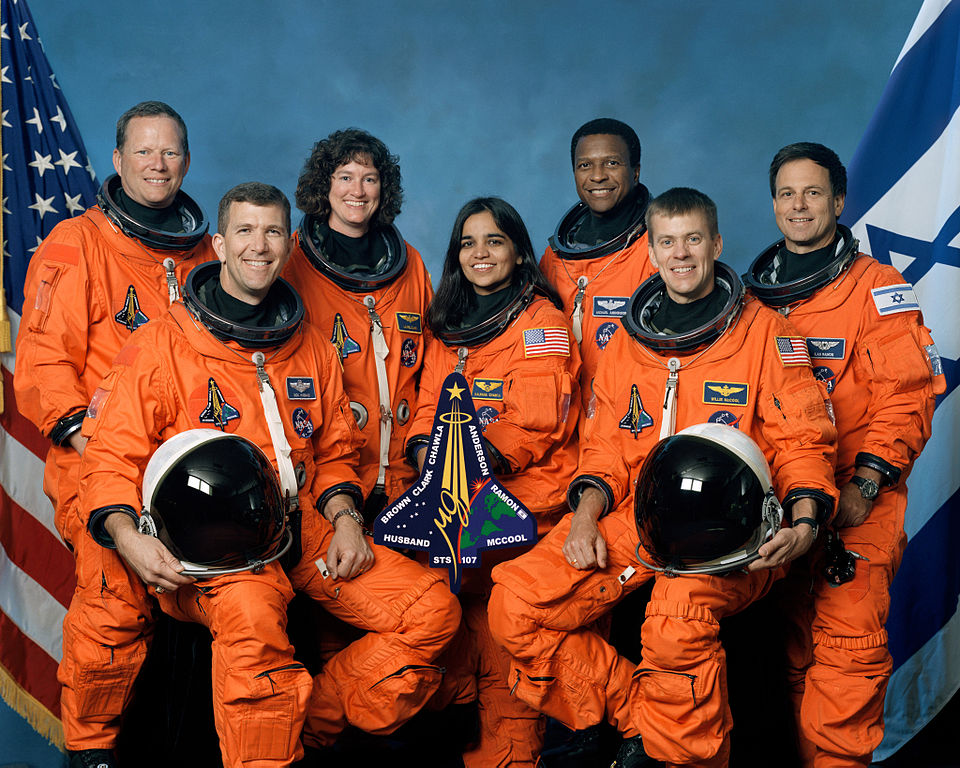
Kalpana was selected for her second flight in 2000 as a part of the crew of STS-107. The mission got delayed repeatedly and was finally initiated in 2003. The Space Shuttle disintegrated over Texas while trying to re-enter the Earth’s atmosphere on February 1, 2003. Over the course of the 16-day flight, the crew completed around 80 experiments.
Check here: 12 Interesting Facts About India
5. Kalpana was posthumously honored with the Congressional Space Medal of Honor, NASA Distinguished Service Medal, and NASA Space Flight Medal.
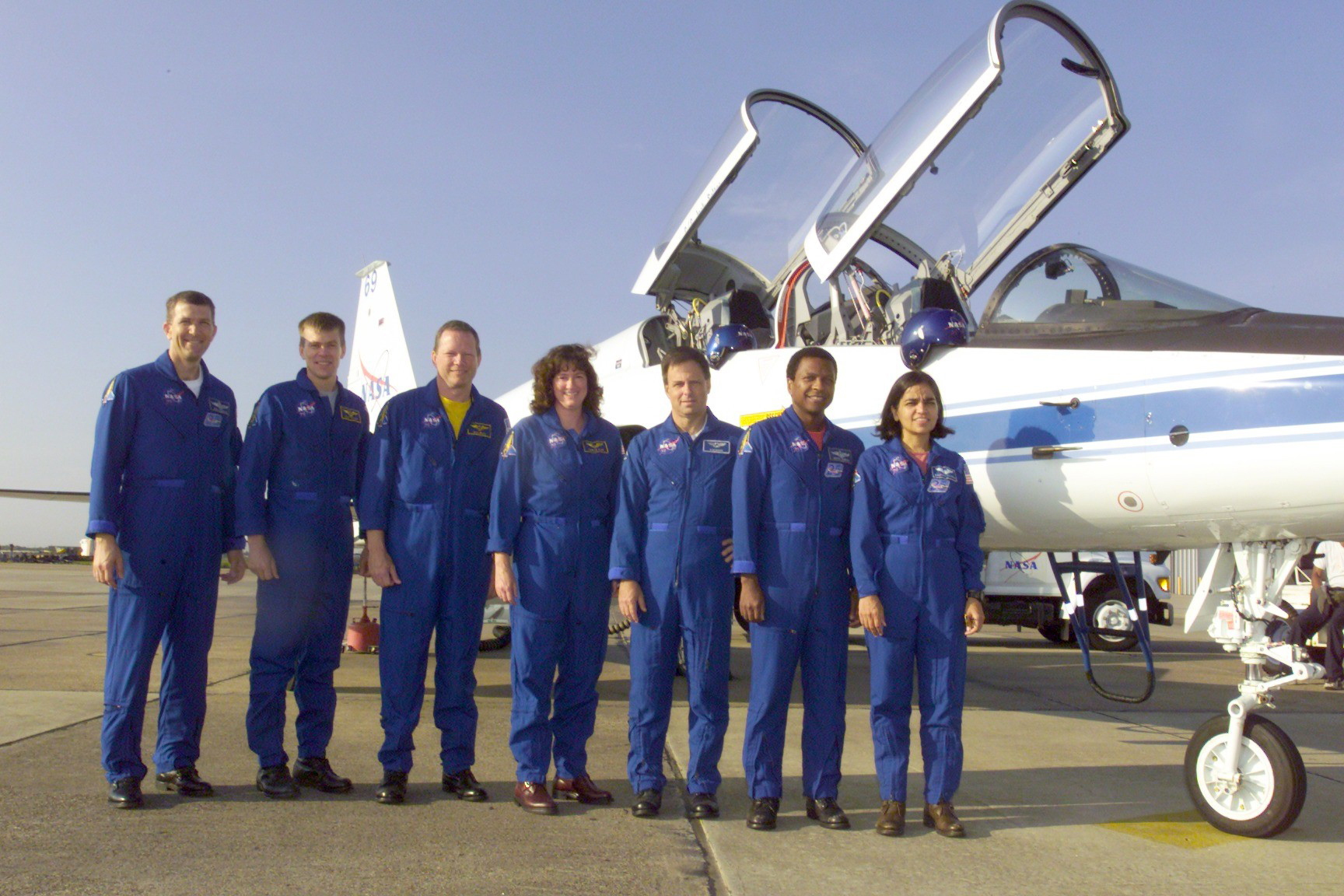
6. Kalpana Chawla logged 30 days, 14 hours and 54 minutes in space over the course of two missions.



